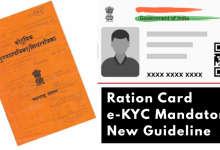Narendra Modi: A Journey of Leadership, Achievements, and Transformation
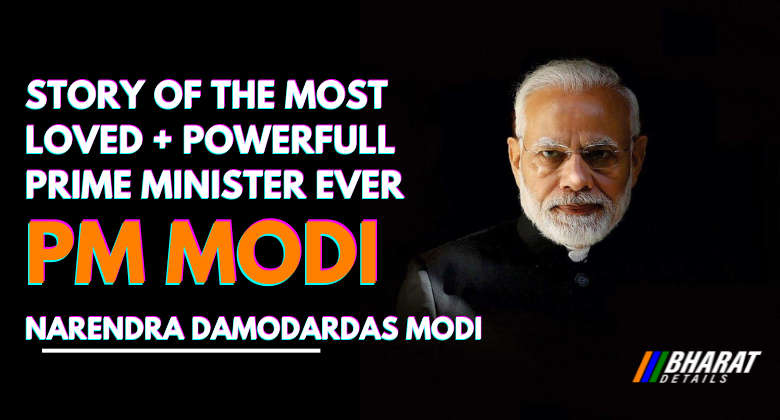
Explore the remarkable journey of Narendra Modi, from his humble beginnings to becoming the Prime Minister of India. Delve into his achievements, contributions, and the transformative impact he had on the nation during his tenure.
Narendra Modi, a name that reverberates across India and beyond, encapsulates a journey of determination, leadership, and profound impact. Born on September 17, 1950, in Vadnagar, Gujarat, Modi’s early life was marked by challenges that shaped his character and fueled his drive for change. From his humble beginnings to becoming the 14th Prime Minister of India, his journey is a testament to the power of resilience and the potential for transformation against all odds.
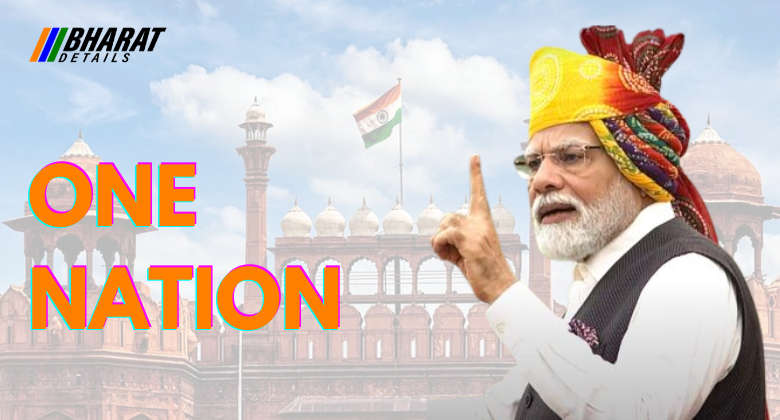
Contents
Humble Beginnings and Early Life
Modi’s childhood was defined by simplicity and hard work. Growing up in a modest family, he experienced firsthand the struggles that many Indian families faced in the post-independence era. His dedication to education was unwavering, leading him to complete a degree in political science and later embark on a journey of self-discovery.
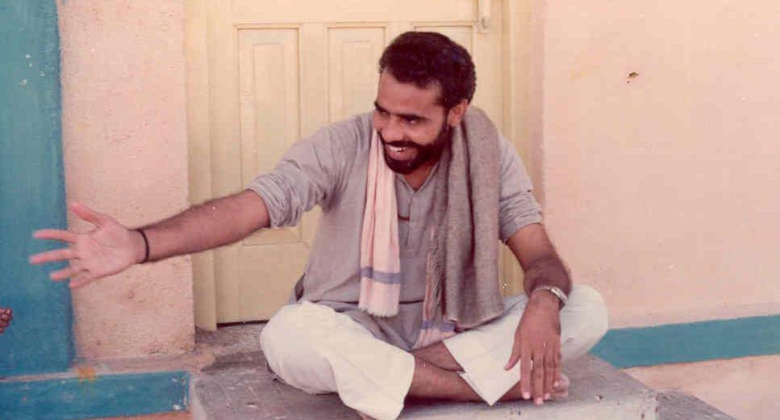
The Path of Service and the RSS
At a young age, Modi’s fascination with the Rashtriya Swayamsevak Sangh (RSS), a socio-cultural organization, ignited his passion for public service and nationalism. The RSS became a guiding force in his life, providing him with a platform to hone his leadership skills and ideological foundation. His commitment to the organization led him to various roles, and he soon emerged as a dynamic grassroots leader.
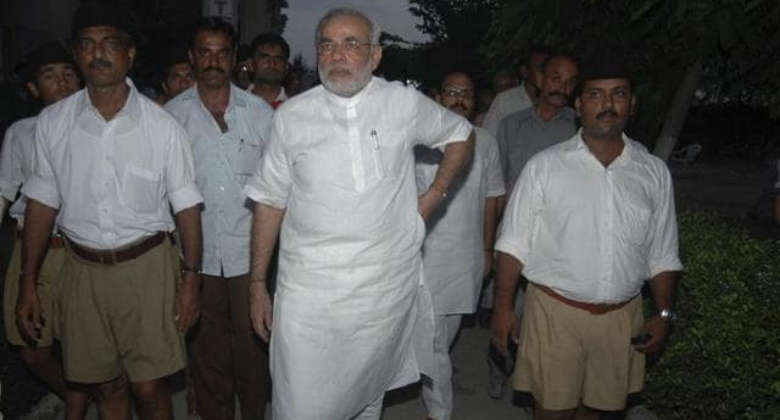
From Tea Seller to Political Awakening
Modi’s life took a significant turn when he started working at his family’s tea stall. This experience wasn’t just about selling tea; it was a window into the lives of common Indians. The struggles, aspirations, and dreams he witnessed during this time further deepened his empathy for the masses and fueled his desire to create a better future for them.
Political Ascent and Governance in Gujarat
Modi’s entry into mainstream politics marked a new chapter in his journey. His dedication and strategic acumen propelled him through the ranks of the Bharatiya Janata Party (BJP). In 2001, he assumed the role of Chief Minister of Gujarat, a position that would define his legacy. Despite initial challenges, his leadership transformed Gujarat’s trajectory.
The “Gujarat Model” and Economic Growth
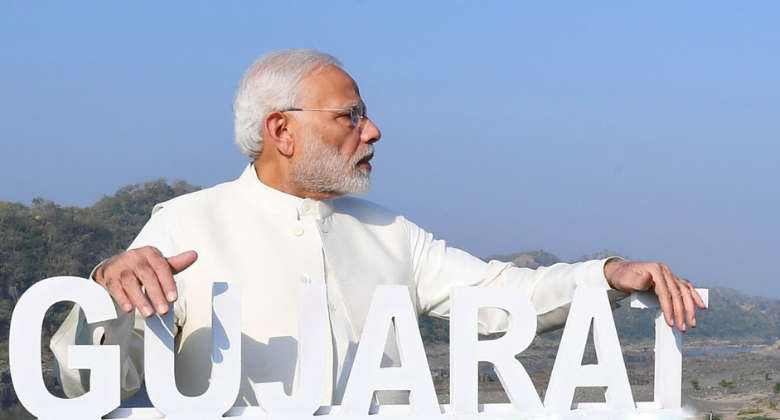
Modi’s tenure as Chief Minister was marked by the implementation of the “Gujarat Model,” an approach focused on economic growth, infrastructure development, and effective governance. Initiatives like the Vibrant Gujarat Summit attracted investments and positioned the state as an economic powerhouse. Gujarat’s remarkable economic growth during this period became a case study in development.
Pinnacle of Leadership: Prime Ministerial Journey
Modi’s journey culminated in his ascent to the highest office in the land – the Prime Minister of India. The 2014 general elections marked a historic victory for him and the Bharatiya Janata Party. His campaign was centered around the promise of “Sabka Saath, Sabka Vikas” (Together with All, Development for All), reflecting his commitment to inclusive growth.
Transformative Initiatives and National Impact
As Prime Minister, Modi’s leadership was marked by a series of transformative initiatives:
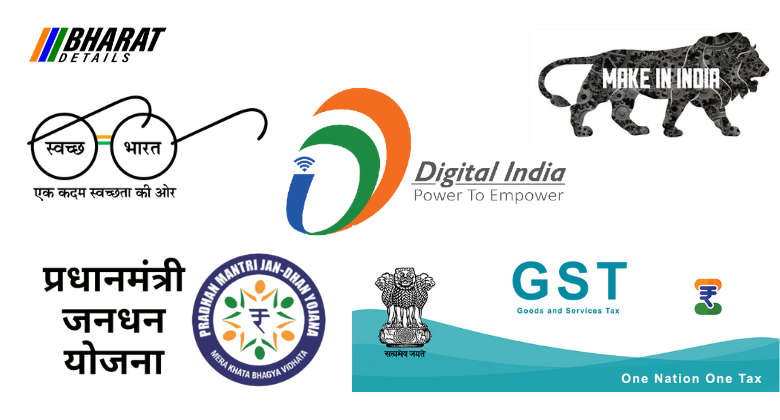
1. Swachh Bharat Abhiyan: A nationwide cleanliness campaign aimed at improving sanitation and hygiene, addressing a critical public health issue.
2. Digital India: A push for technology-driven governance to bridge the digital divide, empower citizens, and enhance transparency.
3. Make in India: An initiative to boost manufacturing, promote domestic production, and attract foreign investment, fostering economic growth and job creation.
4. Jan Dhan Yojana: A financial inclusion program aimed at providing banking services to the unbanked population, promoting financial empowerment.
5. GST Implementation: The Goods and Services Tax unified India’s complex tax system, streamlining taxation and enhancing ease of doing business.
6. Infrastructure Development: Projects like the Sagarmala Project and Bharatmala Project aimed to improve connectivity, trade, and transportation networks.
Challenges and Criticisms
Modi’s leadership has not been without its share of criticisms. His administration’s response to certain crises, such as the COVID-19 pandemic, has drawn both acclaim and condemnation. Domestic concerns over issues such as freedom of expression, social harmony, and democratic norms have also been highlighted by critics.
Global Statesmanship and National Security
Modi’s foreign policy endeavors elevated India’s global standing. His proactive diplomacy and outreach efforts strengthened relationships with both traditional allies and emerging powers. Moreover, his focus on national security led to initiatives like “Make in India” in defense manufacturing, enhancing self-reliance and readiness.
A Legacy of Development and Progress
Under Modi’s leadership, India experienced economic growth, improved infrastructure, and heightened global influence. Schemes like Ayushman Bharat, providing health coverage to millions, and the Pradhan Mantri Awas Yojana, aimed at affordable housing, directly impacted citizens’ lives. His dedication to social welfare and development resonated with the masses.
Narendra Modi’s Leadership During COVID-19 Lockdown: Navigating a Nation Through Crisis
The outbreak of the COVID-19 pandemic in early 2020 posed unprecedented challenges for nations worldwide. In India, Prime Minister Narendra Modi’s leadership during the ensuing lockdown period was marked by decisive actions, strategic planning, and a relentless commitment to safeguarding public health while steering the nation’s socio-economic fabric through uncharted waters.
A Swift Response: Enforcing the Lockdown
In March 2020, as COVID-19 cases surged, Prime Minister Modi announced a nationwide lockdown, restricting movement and economic activities to curb the spread of the virus. This decision was hailed as a necessary step to safeguard lives, despite the potential economic ramifications.
Communication and Empathy
Throughout the lockdown, Modi maintained a strong connection with the citizens. His addresses to the nation reassured and informed the public about the gravity of the situation, the government’s actions, and the importance of collective responsibility. This direct communication fostered a sense of unity and trust during a period of uncertainty.
Welfare Measures and Relief Efforts
Recognizing the immediate challenges faced by vulnerable segments of society, the Modi government swiftly launched relief measures. The Pradhan Mantri Garib Kalyan Yojana provided food grains and financial assistance to millions of individuals, ensuring that essential needs were met during the lockdown.
Innovative Initiatives
Modi’s administration harnessed technology to address emerging needs. The Aarogya Setu app was launched to aid contact tracing and provide information about COVID-19. Additionally, the PM CARES Fund facilitated donations to support pandemic relief efforts, showcasing the power of collective philanthropy.
Strategic Handling of Vaccination
India’s approach to vaccine development and distribution during the pandemic further underscored Modi’s leadership. In a remarkable feat, India developed two indigenous vaccines, Covaxin and Covishield, which received approval for emergency use. The launch of the world’s largest vaccination drive in January 2021 aimed to inoculate millions of frontline workers, demonstrating the nation’s commitment to defeating the virus.
Global Contribution: Vaccine Diplomacy
India’s efforts extended beyond its borders. Under Modi’s guidance, the nation engaged in “vaccine diplomacy,” supplying COVID-19 vaccines to several countries as part of its commitment to global public health. This altruistic gesture showcased India’s emergence as a global vaccine supplier, reaffirming its role in the international arena.
Uniting in Solidarity: Narendra Modi’s Call for Light and Claps During Lockdown
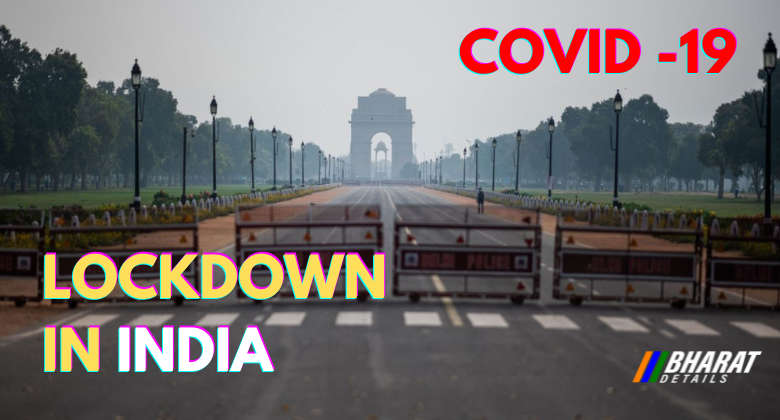
The COVID-19 pandemic brought with it an era of uncertainty and fear. In the midst of the nationwide lockdown, Prime Minister Narendra Modi orchestrated unique initiatives that aimed to foster unity, boost morale, and offer a collective symbol of hope against the backdrop of isolation. Two such activities that garnered international attention were the lighting of diyas (lamps) and the collective applause for frontline workers.
Lighting the Way: Diya Lighting Initiative
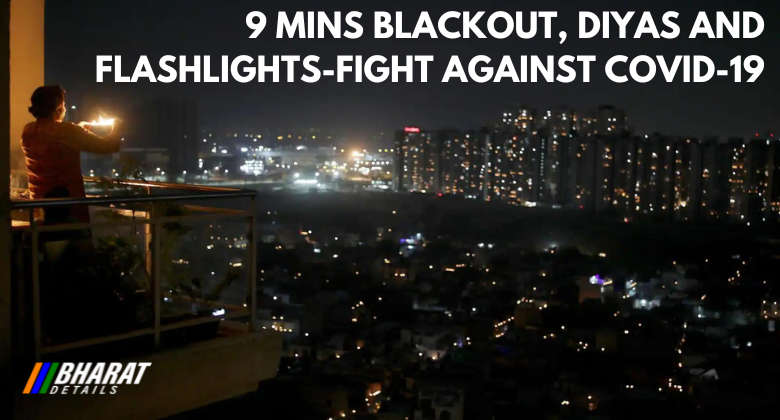
On April 5, 2020, Prime Minister Modi urged citizens to light lamps, candles, or mobile phone flashlights for nine minutes at 9 p.m. This initiative, known as “Diya Jalao” or “Light a Lamp,” was a symbolic gesture to dispel darkness and signify India’s collective resolve to overcome the challenges posed by the pandemic. People across the nation enthusiastically participated, creating a breathtaking visual spectacle that underscored a sense of unity and resilience. The act of lighting diyas was a testament to the nation’s determination to emerge from the crisis stronger and more united.
A Roar of Gratitude: Applauding Frontline Workers
In a similar vein, on March 22, 2020, Modi invited the nation to come together and express gratitude towards the healthcare workers, sanitation staff, and other essential service providers who were at the forefront of the battle against COVID-19. At 5 p.m., people across the nation stepped out to their balconies, terraces, and windows to applaud, ring bells, and clang utensils in a synchronized display of appreciation. The event, aptly named the “Janata Curfew,” not only honored the tireless efforts of these heroes but also served as a reminder of the collective strength that could be harnessed in the face of adversity.
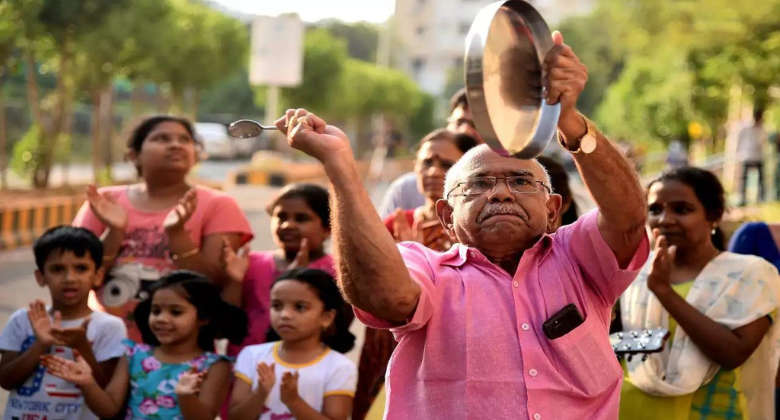
Symbolism and Unity Amidst Uncertainty
These initiatives carried profound symbolism. The lighting of diyas not only represented the illumination of hope but also underscored the importance of collective action. The synchronized applause honored the resilience of those fighting on the frontlines and conveyed a message of unity that transcended physical barriers.
Legacy and Reflection
The lighting of diyas and the applause initiative during the lockdown period remain poignant reminders of Prime Minister Modi’s unique approach to leadership. They reflect his ability to inspire a sense of unity, even when physically distant. More importantly, they encapsulate the nation’s resilience, adaptability, and collective determination to combat challenges as a united front.
In hindsight, these activities serve as a testament to the human spirit’s capacity to find solace, strength, and hope in moments of darkness. As India continues its journey through the pandemic and beyond, these gestures will stand as symbols of the nation’s unwavering commitment to standing together, supporting one another, and emerging stronger, even in the face of unprecedented adversity.
Challenges and Controversies
While Modi’s leadership during the pandemic received widespread appreciation, it also faced criticism. The sudden lockdown posed challenges for vulnerable populations, and the economic fallout impacted various sectors. The mass reverse migration of laborers to their hometowns garnered attention and highlighted the need for comprehensive planning.
Prime Minister Narendra Modi’s leadership during the COVID-19 lockdown exemplified decisiveness, empathy, and strategic thinking. His focus on both public health and economic stability showcased a balanced approach to navigating the crisis. From enforcing a swift lockdown to overseeing the development of vaccines and extending a helping hand to the global community, Modi’s actions showcased his commitment to the well-being of the nation and the world. As India continues to grapple with the pandemic’s aftermath, Modi’s legacy as a leader during these unprecedented times will undoubtedly leave a lasting impact on the nation’s history.
Narendra Modi’s Demonetization: A Bold Move to Curb Corruption and Black Money
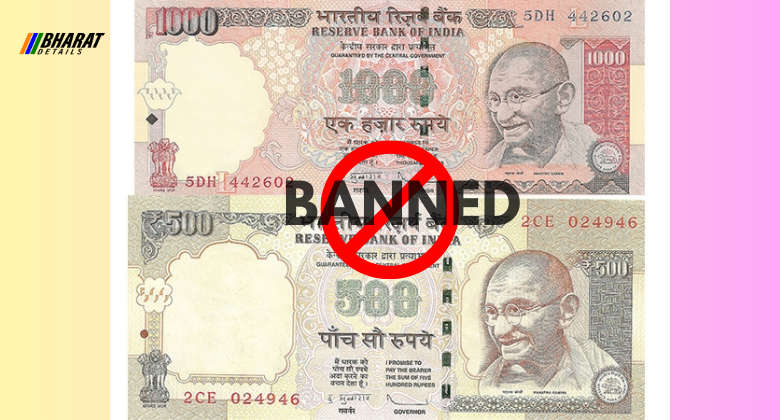
In a historic move on November 8, 2016, Prime Minister Narendra Modi announced the demonetization of ₹500 and ₹1,000 currency notes, commonly referred to as “NoteBandi.” This decision sent shockwaves through the nation, triggering a cascade of economic and social consequences that reverberated for months to come.
Background and Rationale
The primary objective behind demonetization was to tackle two pressing issues: corruption and the circulation of black money. The surprise announcement aimed to curb the parallel economy thriving on untaxed and unaccounted funds. Additionally, it was intended to curb counterfeit currency and disrupt the financing of illegal activities.
The Announcement
Prime Minister Modi’s announcement caught the nation off guard. The sudden declaration that ₹500 and ₹1,000 notes would no longer be legal tender left millions with stacks of now-worthless currency. The announcement was made with the promise that new ₹500 and ₹2,000 notes would be introduced, with enhanced security features to deter counterfeiting.
Immediate Impact Demonetization
The immediate aftermath of the announcement was marked by confusion and chaos. Long queues formed at banks and ATMs as people rushed to exchange their old notes for new ones. The liquidity crunch severely impacted daily life, affecting businesses, daily wage earners, and agricultural activities.
Economic Implications
The move had both short-term and long-term economic consequences. While demonetization was expected to curtail unaccounted wealth, critics argued that the measure disproportionately affected the common man rather than the intended targets. The initial disruption to economic activities led to a slowdown in various sectors, with businesses and traders facing challenges due to liquidity shortages.
Digital Push and Formalization of Economy
One of the unintended outcomes of demonetization was the push towards digital transactions and increased financial inclusion. The move prompted a surge in digital payments, mobile wallets, and online banking, gradually modernizing India’s payment ecosystem. Moreover, the push for transparency and formalization of the economy gained momentum, with more transactions being documented and taxed.
Political and Social Ramifications
Demonetization became a topic of intense political debate. Supporters applauded the government’s decisive action against corruption, while critics highlighted the challenges faced by the common citizens. The opposition accused the government of implementing a policy without adequate preparation, leading to widespread suffering.
Long-Term Assessment
As time passed, the long-term impact of demonetization became clearer. While the immediate liquidity crunch eased, its efficacy in eradicating black money remained a subject of debate. Economists, analysts, and policymakers offered diverse perspectives on whether demonetization achieved its intended goals.
Legacy and Lessons
Narendra Modi’s demonetization remains a defining chapter of his leadership. It showcased his willingness to take bold steps to address systemic issues. The move spurred discussions about the balance between policy implementation and its real-world implications. It also highlighted the need for comprehensive planning and smooth execution when undertaking transformative economic policies.
Which means, the demonetization of ₹500 and ₹1,000 currency notes was a high-stakes gamble that aimed to curb corruption and black money. While it ignited debates and had far-reaching repercussions, it also underscored the complexity of implementing policies that affect the lives of millions. Whether as a success or a lesson, “NoteBandi” remains a significant chapter in India’s economic and political narrative.
PM Modi’s Vision for India’s Economic Ascension: Roadmap to Become the 2nd Largest Economy
Prime Minister Narendra Modi’s leadership has been characterized by ambitious goals and transformative initiatives aimed at propelling India towards becoming a global economic powerhouse. With the objective of achieving the status of the world’s second-largest economy, Modi’s future plans include a strategic roadmap encompassing economic reforms, infrastructural development, innovation, and sustainable growth.
Economic Reforms and Structural Changes
To realize the vision of a stronger economy, Modi’s government is focused on implementing a series of economic reforms. These reforms are designed to streamline the regulatory framework, attract foreign direct investment, and stimulate growth across sectors. Initiatives like “Make in India” aim to promote domestic manufacturing, generate employment opportunities, and enhance India’s self-reliance.
Digital Transformation and Innovation
A key pillar of Modi’s vision for India’s economic future lies in embracing digital transformation and innovation. Initiatives such as “Digital India” seek to harness the power of technology to drive efficiency, improve governance, and enhance citizen services. This digital push aims to position India as a global technology hub, attracting investments and fostering innovation.
Infrastructure Development and Connectivity
Robust infrastructure is the backbone of any thriving economy. PM Modi’s government has laid emphasis on developing world-class infrastructure, including transportation networks, energy grids, and digital connectivity. Mega projects like “Bharatmala” and “Sagarmala” are set to enhance connectivity across the nation, promoting trade and driving economic growth.
Skilling and Human Capital Development
A vital component of India’s journey towards becoming the second-largest economy is the development of its human capital. Modi’s focus on skill development and vocational training through initiatives like “Skill India” aims to equip the youth with the skills necessary to excel in a rapidly changing global economy.
Clean Energy and Sustainability
Modi’s vision for India’s economic future places significant emphasis on sustainability and clean energy. Initiatives like the International Solar Alliance underline India’s commitment to renewable energy and combating climate change. This approach not only contributes to environmental preservation but also creates new avenues for economic growth.
Global Partnerships and Diplomacy
Strengthening global partnerships is crucial for India’s economic ascent. Modi’s approach to foreign policy aims to enhance trade, investments, and collaboration with nations across the world. Initiatives like “Act East Policy” and “Neighbourhood First” reflect India’s commitment to regional integration and global engagement.
Challenges and Opportunities
While PM Modi’s vision for India’s economic growth is ambitious, it also faces challenges. Addressing income inequality, promoting inclusive growth, and navigating geopolitical dynamics require strategic planning and persistent efforts.
Prime Minister Narendra Modi’s roadmap to make India the second-largest economy in the world is a blend of visionary goals and pragmatic approaches. Through economic reforms, technological innovation, sustainable development, and global engagement, his administration aims to propel India to new heights. As the nation works towards this ambitious goal, the implementation of these strategies and the collaboration of all stakeholders will be instrumental in shaping India’s economic destiny on the global stage.
